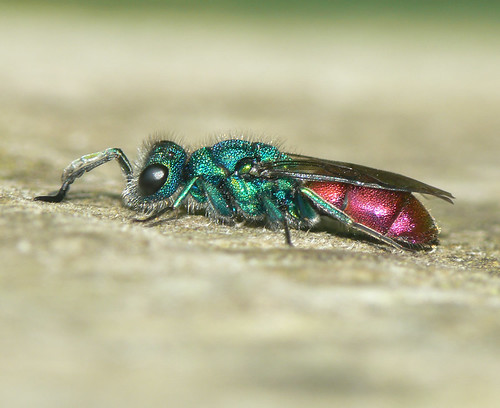
Friday 25 September 2009
Sunday 30 August 2009
Insect collection
I started this insect collection with my Gran. I catch an insect in little tubs and put them in the freezer. When I take them out I put a pin through their thorax. The insects that are too small like ants and little beetles, I glue down.
Caterpillars
Here are some Cinnibar caterpillars

These are the Cinnibar caterpillar pupas. We are waiting for them to emerge.

These are the Cinnibar caterpillar pupas. We are waiting for them to emerge.
Monday 10 August 2009
Ruby-tailed Wasp
Tuesday 4 August 2009
British Common Wasp
Sunday 11 January 2009
Firefly
Nicrophorus humator
Green shield bug
Silverfish
 This insect doesn't fly as it doesn't have wings. It is a fast runner and is covered in silvery scales. This one likes to live in dark cupboards and eat books and mould. It causes lots of damage.
This insect doesn't fly as it doesn't have wings. It is a fast runner and is covered in silvery scales. This one likes to live in dark cupboards and eat books and mould. It causes lots of damage.Bloody nosed beetle
Thursday 8 January 2009
Subscribe to:
Posts (Atom)







 We thought that we lost it until we saw this...
We thought that we lost it until we saw this...








